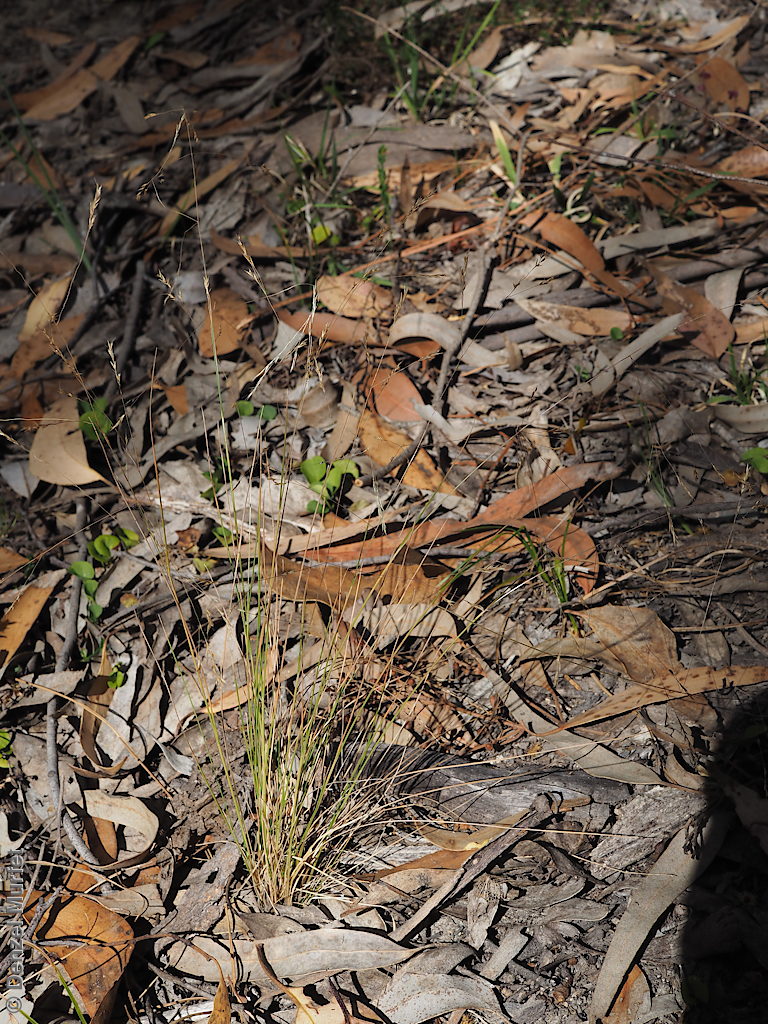
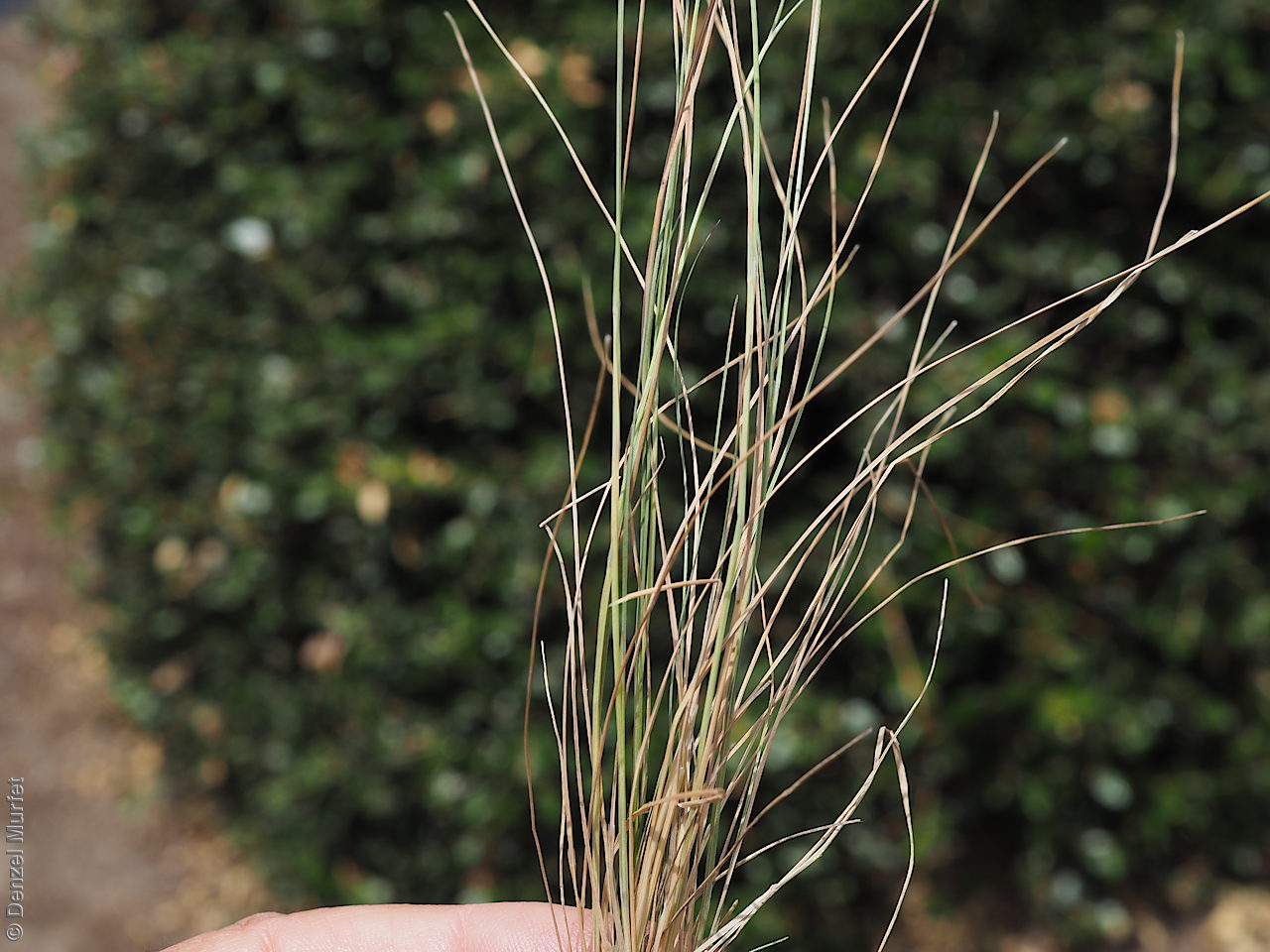
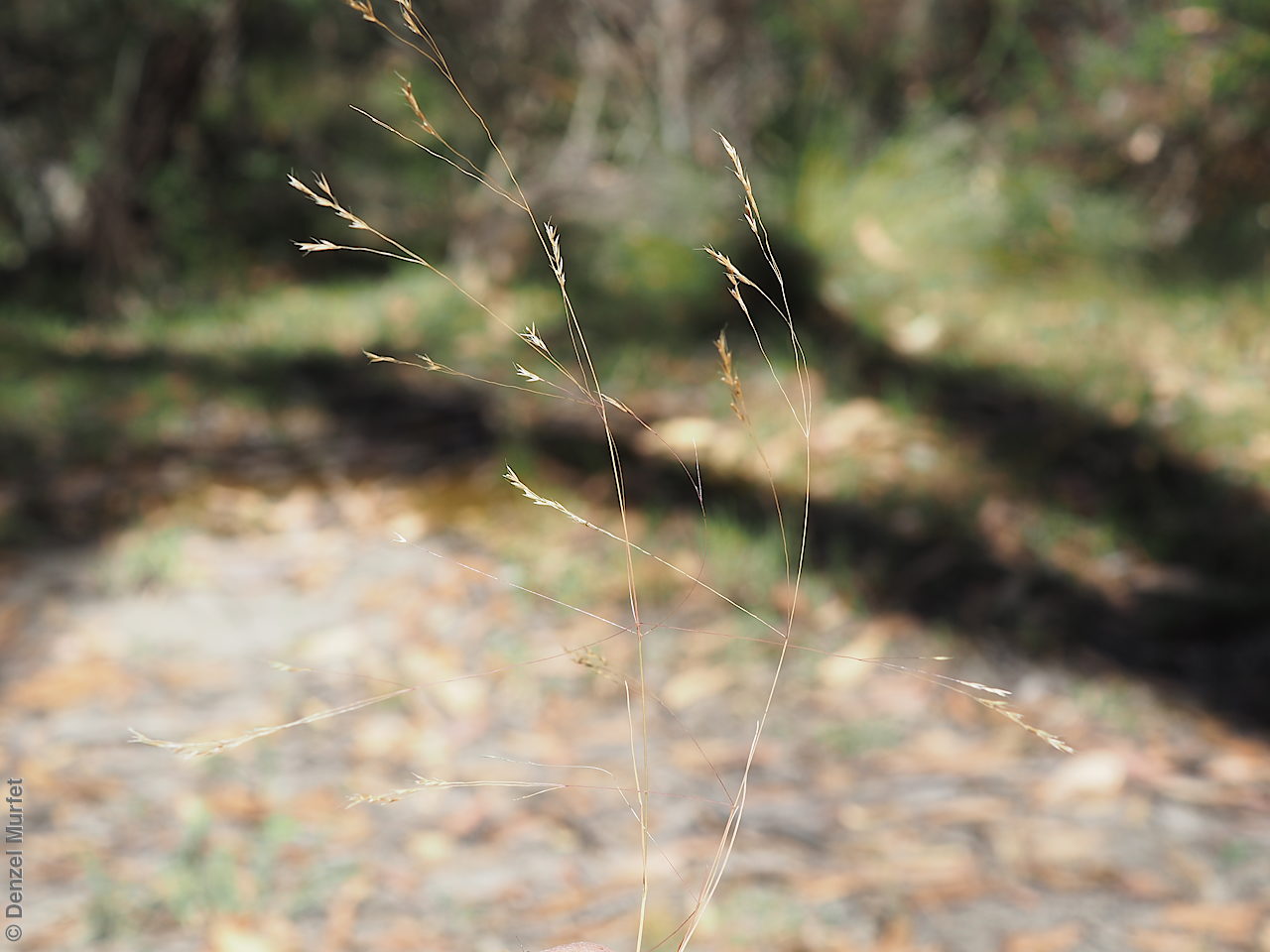
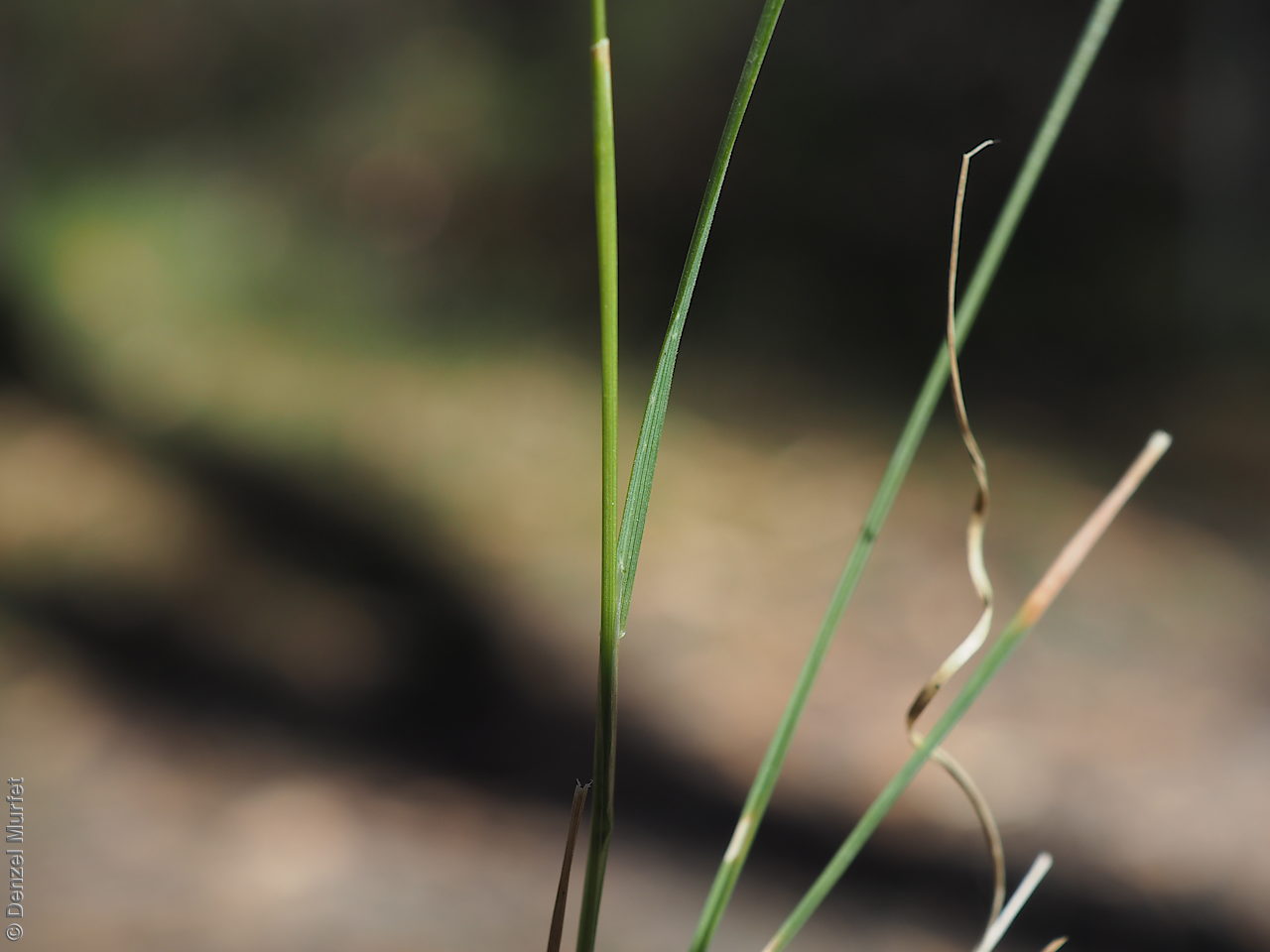
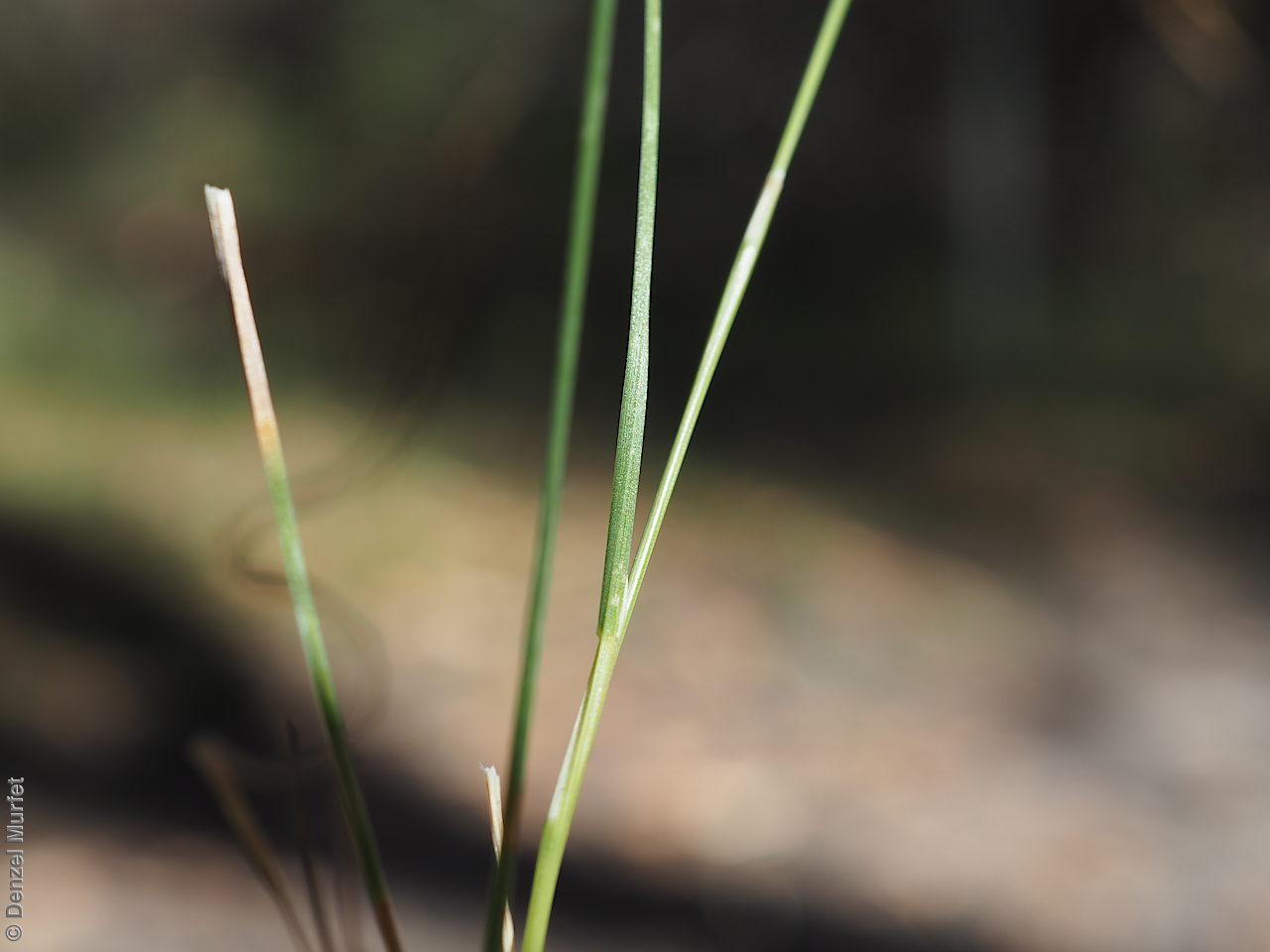
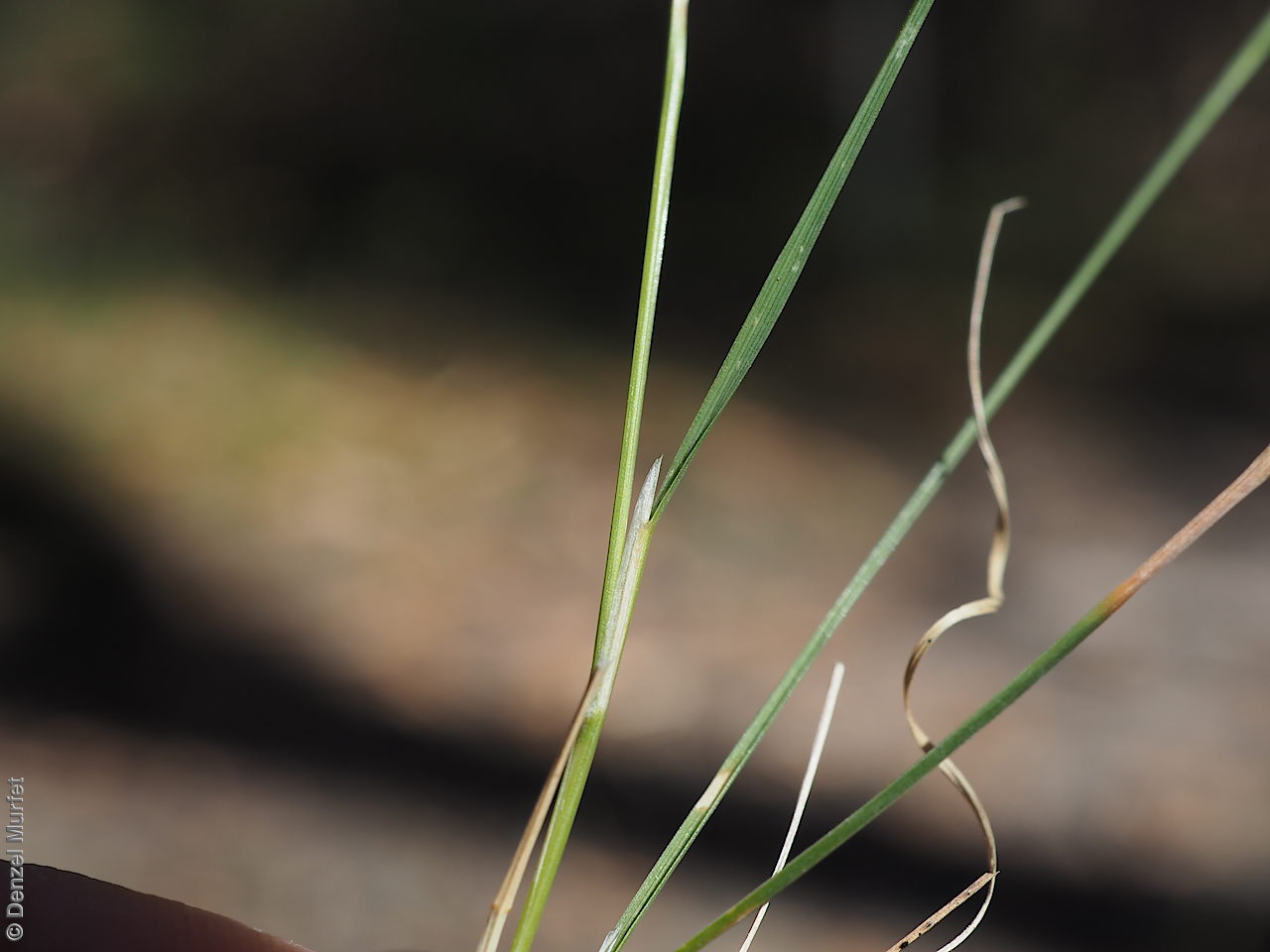
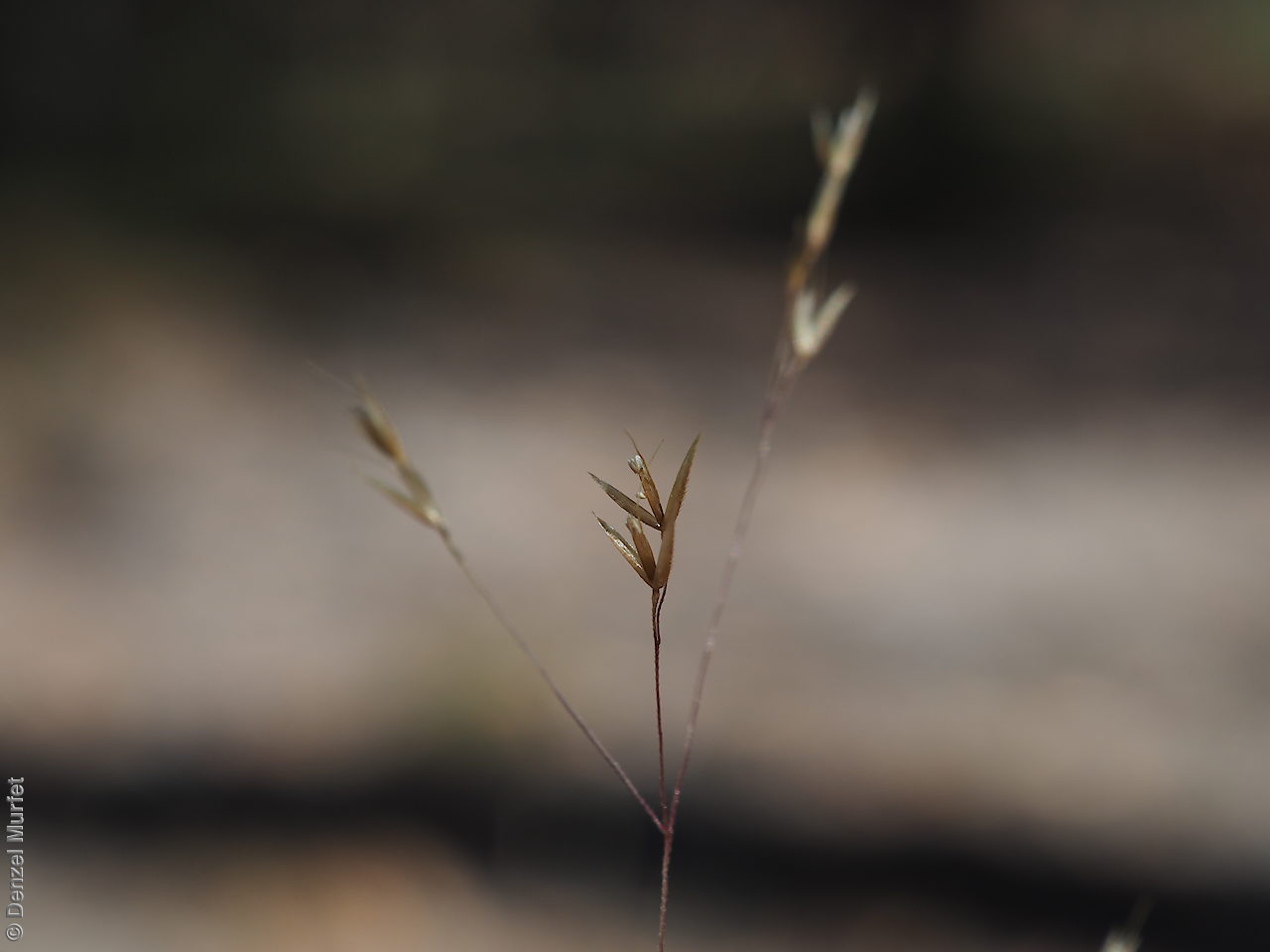
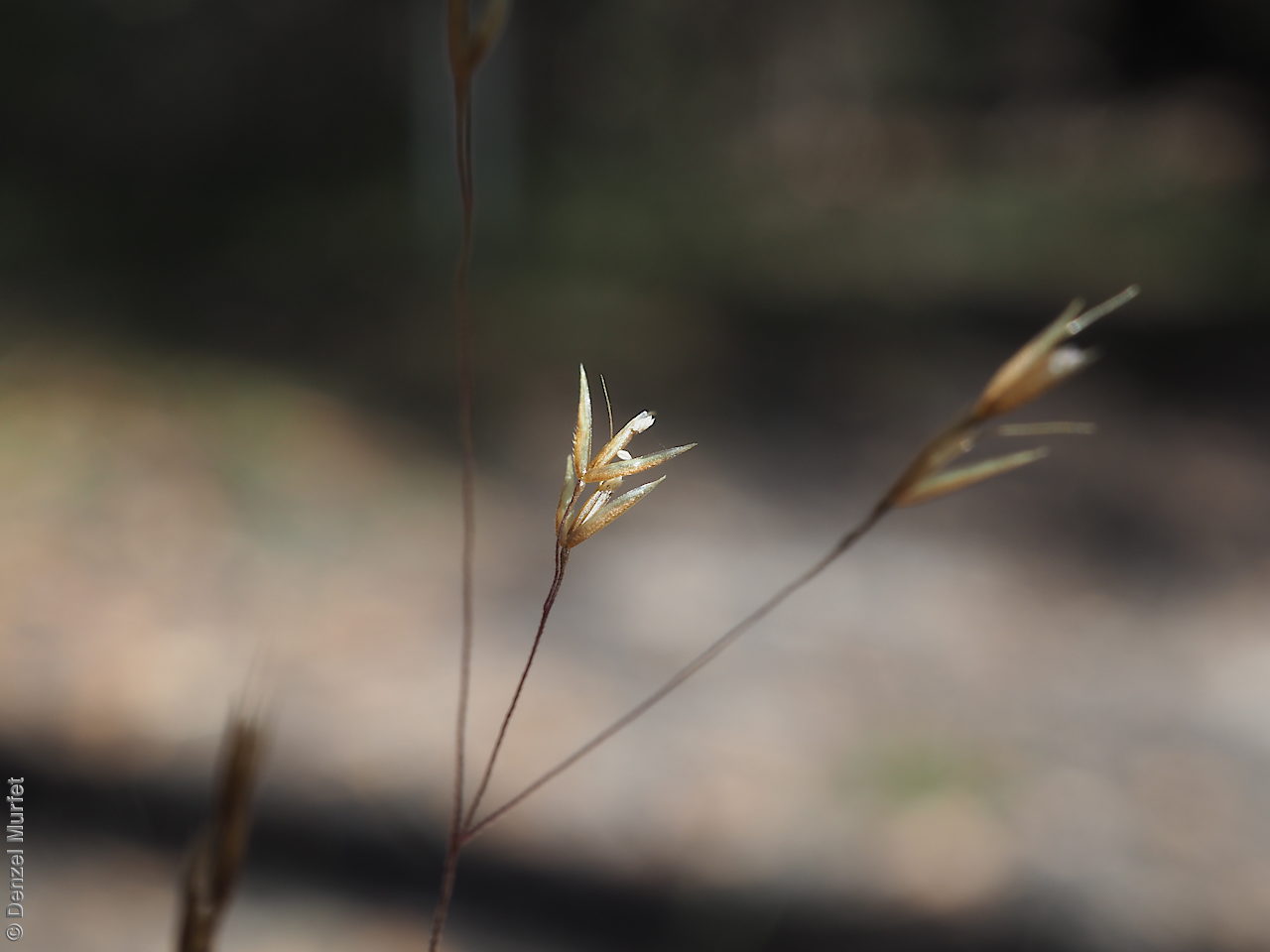
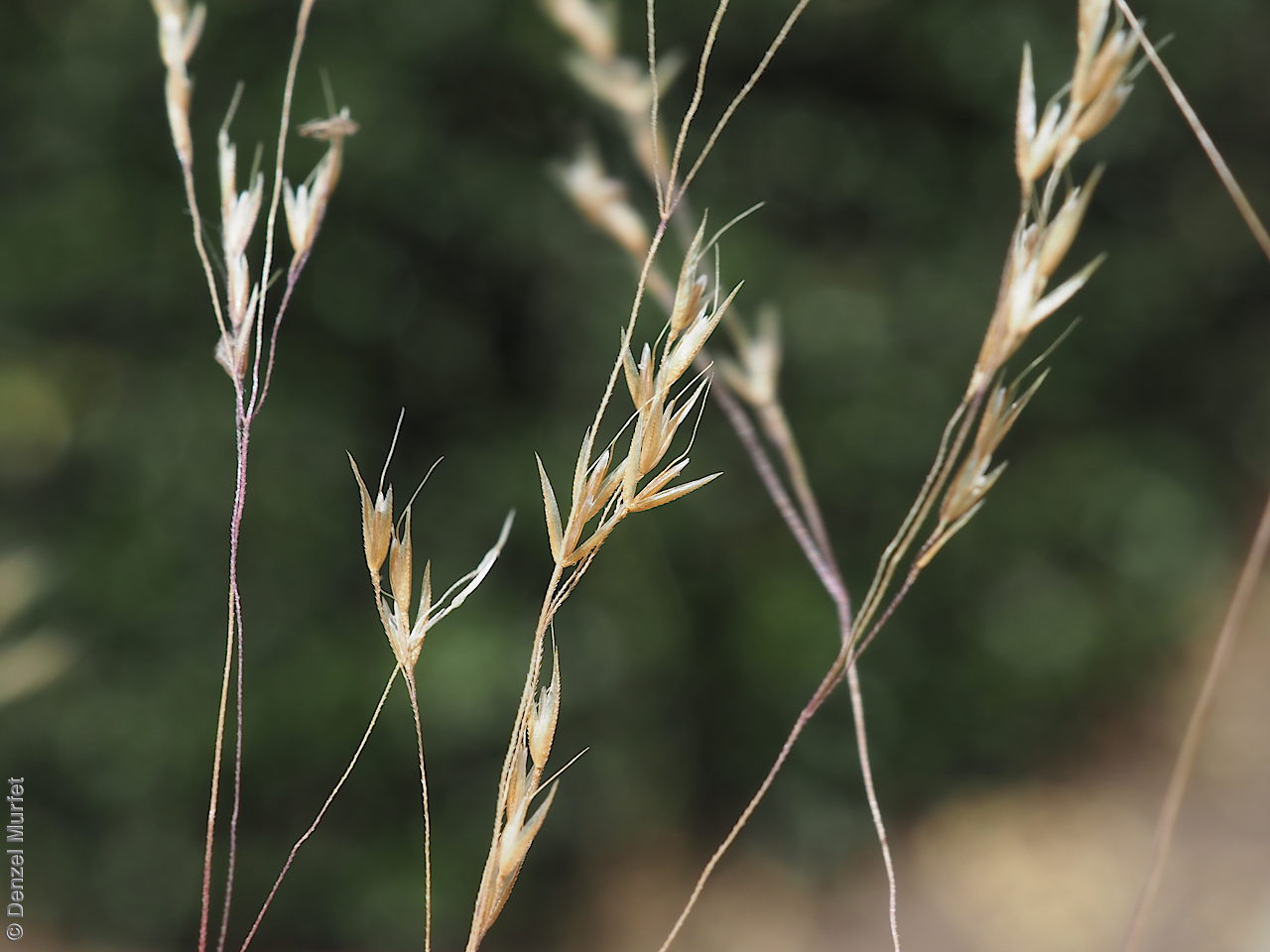
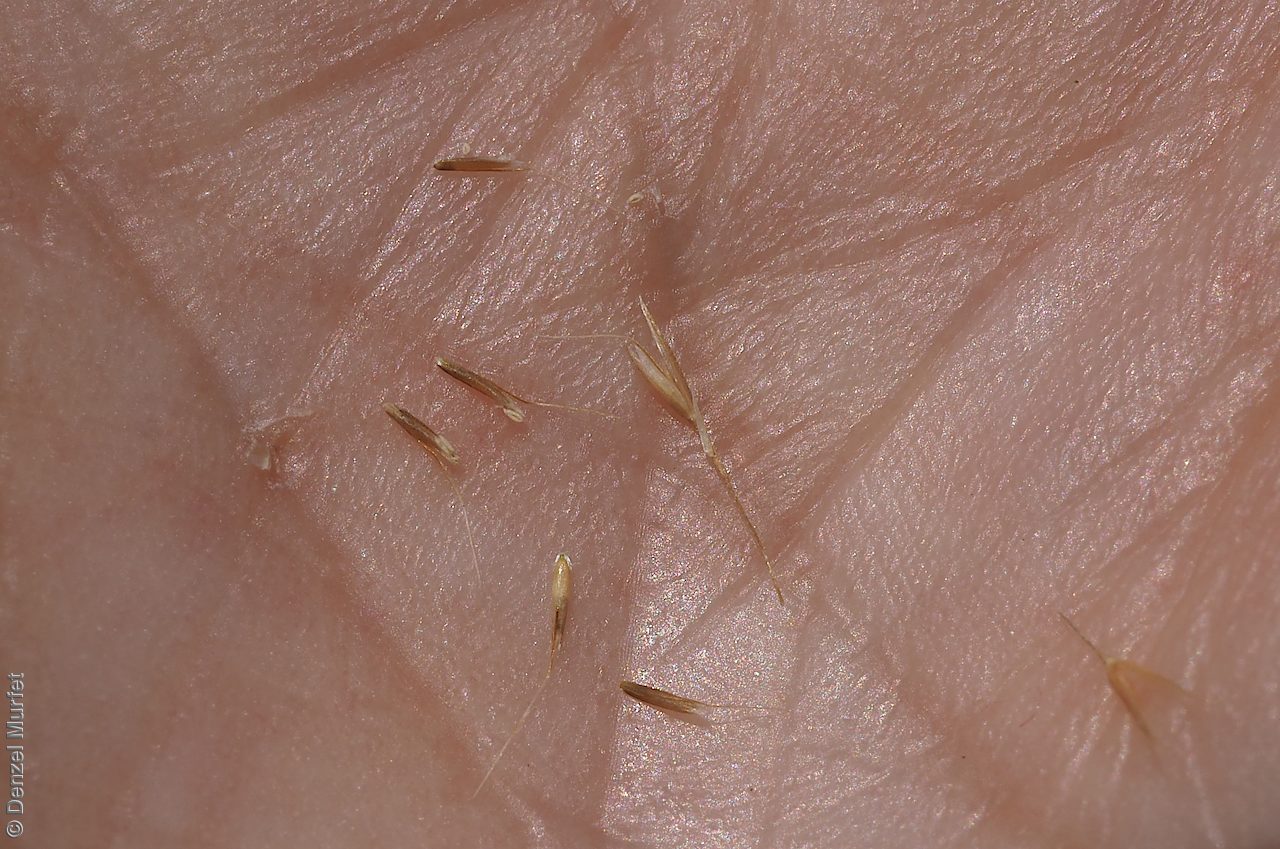
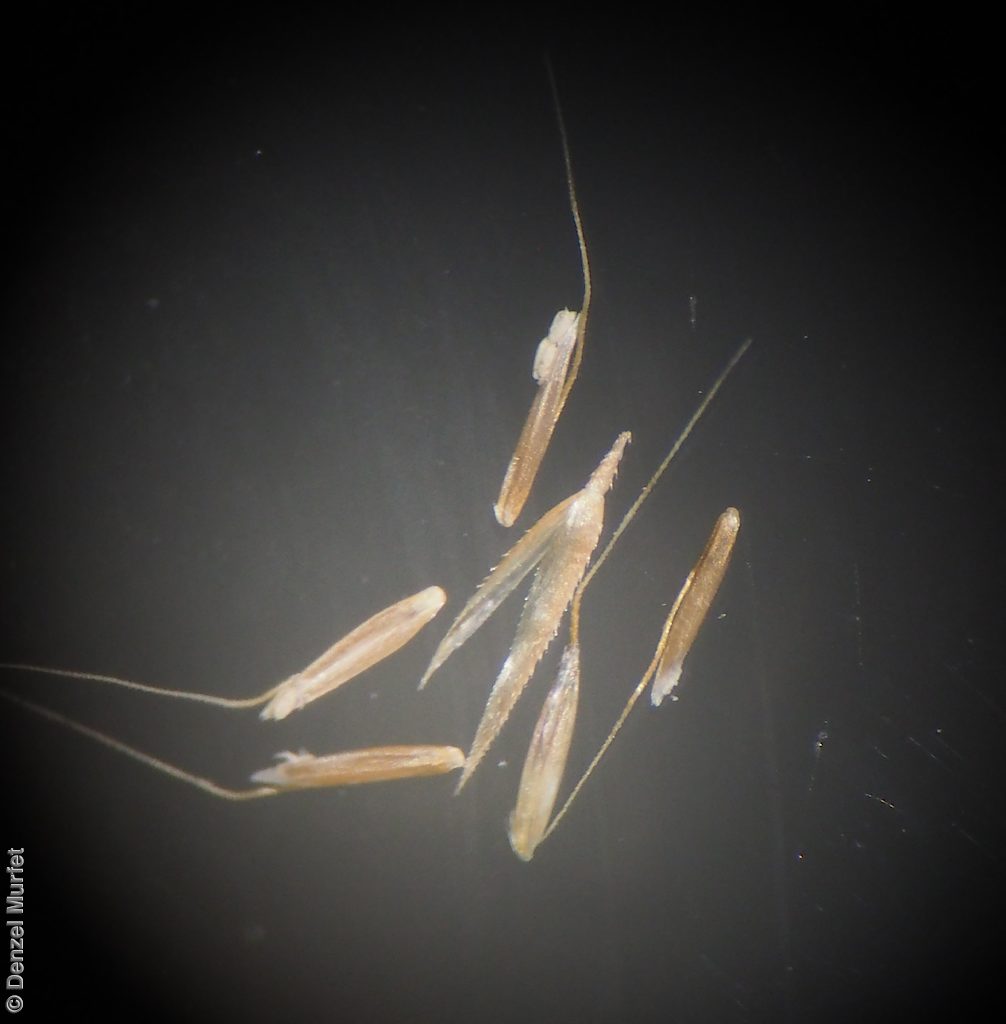


Botanical art
Common names
Graceful Bent-grass
Etymology
Agrostis from Greek meaning a grass. Venusta from the Latin 'venusta' meaning graceful or beautiful, referring to its habit.
Distribution and status
Found in the Mount Lofty Ranges and lower South-east in South Australia, growing in grassy woodland but found in alpine and subalpine grasslands and sod tussock grassland in the other states. Also found in New South Wales, Victoria and Tasmania. Native. Rare in South Australia. Common in the other states.
Herbarium regions: Northern Lofty, Murray, Southern Lofty, South Eastern, Green Adelaide
AVH map: SA distribution map (external link)
Plant description
Very slender, erect, tufted annual to 45 cm high with smooth or finely scabrous culms smooth. Leaf-blades folded, almost capillary, to 20 cm long and 0.5 mm wide; ligules obtuse, lacerated, mostly to 6 mm long. Inflorescence an open panicle usually at least half as long as entire culm, branches widely spreading at maturity and often purplish. Flowering between October and March. Fruits are compact, purple-brown fruit-spike. Seeds with one short awn. Seed embryo type is lateral.
Seed collection and propagation
Collect seeds between November and April. Use hands to gently strip seeds off the mature seed spike that are turning purple-brown. Mature seeds will come off easily. Alternatively, you can break off the whole seed spike. Place the seeds/spike in a tray and leave to dry for two weeks. No further cleaning is required if only seed collected. If seed spikes collected, use hand to strip off the mature seeds. Store the seeds with a desiccant such as dried silica beads or dry rice, in an air tight container in a cool and dry place. Seed viability is usually high.